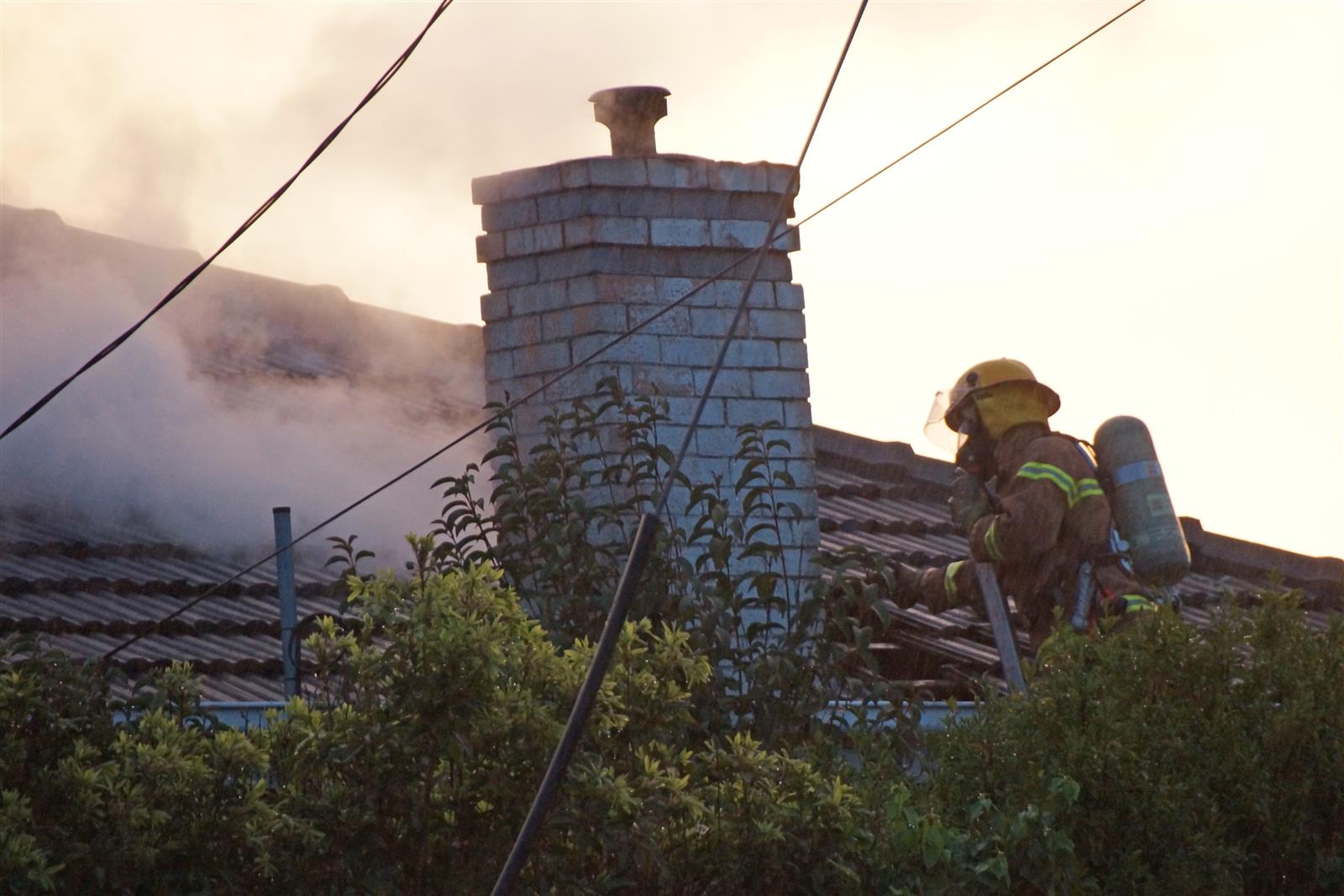

Articles
How To Use A Chimney Flue
Modified: October 20, 2024
Learn how to properly use a chimney flue with our step-by-step articles. Discover tips and techniques for a safe and efficient fireplace experience.
(Many of the links in this article redirect to a specific reviewed product. Your purchase of these products through affiliate links helps to generate commission for Storables.com, at no extra cost. Learn more)
Introduction
Welcome to this comprehensive guide on how to use a chimney flue. If you are a homeowner or someone who enjoys the warmth and ambiance of a fireplace, understanding the ins and outs of chimney flues is essential. A properly functioning chimney flue plays a crucial role in venting smoke, gases, and other byproducts created by the combustion process.
In this article, we will explore the purpose of a chimney flue, the different types available, the components that make up a chimney flue system, and most importantly, how to use it safely. We will also touch upon maintenance and troubleshooting tips to keep your chimney flue in optimal condition.
So, grab a cup of your favorite beverage and let’s dive into the fascinating world of chimney flues!
Key Takeaways:
- Understanding the purpose of a chimney flue is crucial for safety and efficiency. It helps vent harmful gases, improves draft, and prevents heat damage, ensuring a cozy and secure fireplace experience.
- Proper maintenance, safe usage, and regular inspections are essential for a well-functioning chimney flue. Following these tips will ensure a long-lasting and enjoyable fireplace or stove experience.
Read more: How To Close Chimney Flue
What is a Chimney Flue?
A chimney flue is a passageway that runs through the chimney, allowing the safe expulsion of smoke, gases, and other byproducts produced during the combustion process in a fireplace or stove. It acts as a conduit between the firebox and the exterior of the building, ensuring that the harmful gases are properly vented outside.
The flue is typically lined with fire-resistant materials such as clay tiles, metal, or stone. These materials are designed to withstand high temperatures and protect the surrounding structure from potential heat damage. The flue also provides insulation, keeping the warm air inside the chimney and preventing it from escaping through the walls.
Properly using a chimney flue is essential for a safe and efficient fireplace experience. It allows the smoke and gases to exit the home, reducing the risk of carbon monoxide buildup and improving indoor air quality. Additionally, a well-functioning chimney flue promotes better draft, which helps the fire burn more efficiently and prevents the backflow of smoke into the room.
Now that we have a basic understanding of what a chimney flue is, let’s explore its purpose in more detail and understand why it is a crucial component of any fireplace or stove.
Understanding the Purpose of a Chimney Flue
The primary purpose of a chimney flue is to safely remove the byproducts of combustion from a fireplace or stove. When you light a fire, the heat and flames produce smoke, gases, and other airborne pollutants. Without a chimney flue, these substances would linger in the home, leading to poor indoor air quality and potentially harmful health effects.
A properly functioning chimney flue serves several important purposes:
- Ventilation: The flue creates a pathway for the smoke to exit the home, allowing fresh air to be drawn into the firebox to fuel the fire.
- Draft Improvement: The flue helps create a draft, which is the flow of air up and out of the chimney. This draft pulls in fresh air, allowing the fire to burn more efficiently and preventing the smoke from backflowing into the room.
- Carbon Monoxide Safety: Carbon monoxide (CO) is a dangerous gas produced by incomplete combustion. A functioning flue ensures that CO, as well as other harmful gases like nitrogen dioxide, sulfur dioxide, and volatile organic compounds, are safely expelled outside rather than accumulating inside the home.
- Heat Dissipation: The chimney flue helps to dissipate excess heat generated by the fire, preventing the walls and surrounding structures from overheating and potentially causing a fire hazard.
- Condensation Prevention: When warm, moisture-laden air from inside the house meets the cold surfaces of the flue, condensation can form. The chimney flue helps prevent this condensation from damaging the chimney structure.
Understanding the purpose of a chimney flue is crucial for both safety and comfort. It ensures that your fireplace or stove operates efficiently and effectively while keeping your home and its occupants safe from harmful pollutants. Now that we know why the chimney flue is important, let’s take a closer look at the different types of chimney flues you might encounter.
Types of Chimney Flues
Chimney flues come in various types, with each designed to meet specific needs and requirements. The type of flue you have will depend on factors such as the fuel source used, the construction of your chimney, and local building codes. Let’s explore some of the common types of chimney flues:
- Masonry Flues: These are the traditional and most common type of chimney flues. They are made of clay tiles or bricks and are built within the masonry structure of the chimney. Masonry flues are durable, resistant to high temperatures, and offer good insulation.
- Stainless Steel Flues: Stainless steel flues are commonly used for lining existing masonry chimneys. They are flexible and can be easily installed without the need for extensive retrofitting. Stainless steel flues are suitable for both wood-burning and gas appliances.
- Pre-fabricated Metal Flues: These flues consist of multiple layers of metal pipes and insulation. They are factory-built and designed to be compatible with specific pre-fabricated fireplaces or stoves. Pre-fabricated metal flues offer good insulation and are lightweight.
- Direct Vent Flues: Direct vent flues are used with gas fireplaces or stoves. They work by drawing in combustion air from outside and expelling the exhaust gases through a separate vent pipe. Direct vent flues are highly efficient and eliminate the need for a traditional chimney.
- Double-Wall Flues: Double-wall flues consist of two metal pipes, one inside the other. The outer pipe serves as an insulated layer, while the inner pipe carries the exhaust gases. Double-wall flues are used for wood-burning appliances and provide extra protection against heat transfer to the surrounding structure.
It’s important to consult with a professional chimney sweep or a certified chimney inspector to determine the type of flue that is best suited for your specific needs. They will consider factors such as the type of appliance you have, the height and diameter of your chimney, and local building codes.
Now that we have explored the different types of chimney flues, let’s discover the components that make up a chimney flue system.
Components of a Chimney Flue
A chimney flue system is made up of several components that work together to ensure the safe and efficient operation of your fireplace or stove. Let’s explore the key components of a chimney flue:
- Firebox: The firebox is where the actual combustion happens. It contains the hearth and the area where you burn the fuel, such as logs or pellets. The firebox is connected to the flue by the throat, which is the narrow opening at the top of the firebox.
- Flue Liner: The flue liner is a protective lining that covers the interior surface of the chimney flue. It provides insulation and prevents the heat and byproducts of combustion from damaging the chimney structure. Common materials used for flue liners include clay tiles, metal, or cast-in-place liner systems.
- Chimney Cap: The chimney cap is a covering that sits on top of the chimney flue. It serves as a protective barrier, preventing debris, animals, and rainwater from entering the chimney. A chimney cap also helps to facilitate proper airflow and prevent downdrafts.
- Chimney Crown: The chimney crown is a masonry or concrete slab that covers the top of the chimney structure. It helps to protect the chimney from weathering and moisture damage. A properly constructed chimney crown should have a slight slope to allow water to run off and prevent pooling.
- Chimney Chase: In some cases, especially with prefabricated fireplaces, a chimney chase is used instead of a traditional masonry chimney. The chase is a vertical structure built around the flue to provide insulation and protection. It is typically covered with siding or other decorative materials to match the exterior of the house.
- Flue Cap or Damper: The flue cap or damper is a device located at the top of the flue. It can be opened or closed to control the airflow and draft. When the fireplace is not in use, the damper should be closed to prevent drafts and heat loss from the home.
These components work together to ensure the safe and efficient operation of your chimney flue system. Regular inspection and maintenance of these components are crucial to keep your flue in optimal condition and prevent any potential hazards. In the next section, we will discuss how to prepare your chimney flue for use.
Always open the damper before starting a fire in the fireplace to allow proper ventilation. Close it when the fire is out to prevent drafts and heat loss.
Read more: How To Check A Chimney Flue
How to Prepare Your Chimney Flue for Use
Before you can enjoy a cozy fire in your fireplace or stove, it’s important to properly prepare your chimney flue. Taking the time to prepare ensures that your flue is clean, free from obstructions, and in good working condition. Here are the steps to prepare your chimney flue for use:
- Schedule a Chimney Inspection: Before every heating season, it’s recommended to have a professional chimney sweep or inspector assess your chimney flue for any potential issues. They will check for creosote buildup, blockages, cracks, and other signs of damage that may affect its performance. If any repairs or cleaning are needed, they can be addressed before lighting a fire.
- Clean the Fireplace or Stove: Clear out any ash or debris from the firebox, making sure there are no leftover embers. Use a fireplace shovel or vacuum specifically designed for fireplace use. Clean the glass doors or screens as well, ensuring good visibility while the fire is burning.
- Check the Chimney Cap: Inspect the chimney cap to ensure it is in good condition. Look for any damage, such as cracks or rust, and make sure it is securely attached. The chimney cap plays a vital role in protecting the flue from debris and animals, so it must be in proper working order.
- Open the Damper: Before starting a fire, open the damper fully to allow proper airflow. The damper is typically located just above the firebox, either as a lever or a knob that you can pull or push. Opening the damper ensures that smoke and gases can be effectively vented up and out of the chimney.
- Clear the Flue of Obstructions: Make sure there are no blockages or obstructions in the flue that may hinder the flow of smoke and gases. Use a flashlight to check for any nesting materials, debris, or other objects that may have accumulated over time. If you notice any obstructions, contact a professional to have them safely removed.
- Inspect the Flue Liner: Examine the flue liner for any signs of damage, such as cracks or deterioration. These issues can impact the efficiency and safety of your chimney flue. If you notice any damage, it’s important to address it promptly to prevent further deterioration.
By following these steps, you can ensure that your chimney flue is ready for use, providing a safe and enjoyable fireplace experience. Now that your flue is prepared, let’s move on to the next section and learn how to use your chimney flue safely.
Steps to Use a Chimney Flue Safely
Operating a chimney flue safely is essential to prevent hazards such as carbon monoxide poisoning, chimney fires, and poor indoor air quality. By following these steps, you can ensure the proper use of your chimney flue:
- Use Dry and Seasoned Firewood: Only burn dry and seasoned firewood in your fireplace or stove. Wet or unseasoned wood can create excessive smoke, lead to creosote buildup, and increase the risk of a chimney fire. Dry firewood produces less smoke and burns more efficiently.
- Open the Damper Fully: Before lighting a fire, make sure the damper is fully open to allow proper airflow and proper venting of smoke and gases. Keep the damper open throughout the duration of the fire and close it only once the fire has completely burned out.
- Start with Small Fires: When lighting a fire, start with small fires to allow the chimney to warm up gradually. This helps create a strong draft and prevents the buildup of excessive smoke inside the fireplace or stove.
- Never Leave a Fire Unattended: Always supervise the fire while it is burning. Never leave it unattended, especially when there are children or pets around. Make sure to fully extinguish the fire before leaving the room or going to bed.
- Use a Fireplace Screen: To prevent embers from popping out of the fireplace, use a fireplace screen or glass doors. This helps protect your home and keeps the fire contained within the firebox.
- Keep Combustible Materials Away: Make sure to keep any combustible materials, such as furniture, curtains, or decorations, a safe distance away from the fireplace or stove. This reduces the risk of accidental fires and ensures the safety of your home.
- Install Carbon Monoxide Detectors: Carbon monoxide is a silent and potentially deadly gas. Install carbon monoxide detectors near sleeping areas and on each level of your home to provide early warning in case of any CO buildup.
- Regular Chimney Inspections and Cleanings: Schedule annual chimney inspections and cleanings by a professional chimney sweep. Regular maintenance helps ensure that your chimney flue is functioning properly, reduces the risk of chimney fires, and identifies any potential issues early on.
- Follow Manufacturer’s Guidelines: Always follow the manufacturer’s guidelines and instructions for your specific fireplace or stove model. This includes recommended maintenance, fuel types, and any specific safety precautions.
By following these steps, you can enjoy the warmth and comfort of your fireplace or stove while keeping safety as the top priority. Next, let’s explore some maintenance and cleaning tips to keep your chimney flue in proper working condition.
Maintenance and Cleaning Tips for Chimney Flues
Maintaining and cleaning your chimney flue is crucial for its safe and efficient operation. Regular maintenance helps prevent creosote buildup, ensures proper ventilation, and extends the lifespan of your chimney. Here are some maintenance and cleaning tips to keep your chimney flue in optimal condition:
- Annual Inspections: Schedule an annual inspection with a professional chimney sweep or inspector. They will thoroughly assess your chimney flue for any signs of damage, blockages, or creosote buildup. Regular inspections can identify potential issues early and prevent costly repairs down the line.
- Creosote Removal: Creosote is a sticky substance that forms when wood-burning appliances are used. It can accumulate inside the flue and pose a fire hazard. Have your chimney flue cleaned by a professional chimney sweep to remove any creosote buildup. The frequency of cleaning depends on how often you use your fireplace or stove.
- Regular Chimney Cap Maintenance: Inspect the chimney cap regularly to ensure it is in good condition. Remove any debris or leaves that may accumulate on top of the cap. Check for any signs of damage and replace the cap if necessary.
- Clearing Tree Branches: Trim any tree branches that are near the chimney. Overhanging branches can obstruct the flow of air and cause debris to fall into the chimney, potentially leading to blockages or fire hazards.
- Monitor Exterior Masonry: Regularly inspect the exterior masonry of your chimney for any signs of deterioration or water damage. Cracks or crumbling mortar can affect the structural integrity of the chimney. If you notice any issues, consult a professional for repairs.
- Use Chimney Waterproofing: Consider applying a waterproofing sealant to the exterior masonry of the chimney. This helps protect it from water damage caused by rain, snow, and ice. A professional chimney sweep can advise on the best waterproofing products for your specific chimney.
- Proper Ash Disposal: When cleaning out the firebox, dispose of ashes properly. Transfer cooled ashes to a metal container with a tight-fitting lid. Store the container away from combustible materials and dispose of the ashes in a designated outdoor area away from the house.
- Check for Animal Nests: Inspect your chimney for signs of any animal nests or blockages. Birds, squirrels, or raccoons may seek shelter in the chimney, causing potential obstructions or damage. If you suspect there are animals in your chimney, contact a professional chimney sweep for safe removal.
Following these maintenance and cleaning tips will help ensure the longevity and safety of your chimney flue. Remember, if you’re not experienced in chimney maintenance, it’s best to rely on the expertise of professional chimney sweeps. Now, let’s address some common issues and troubleshooting tips for chimney flues.
Troubleshooting Common Issues with Chimney Flues
Chimney flues, like any other component in your home, can experience issues from time to time. It’s important to address these issues promptly to ensure the safe and efficient operation of your chimney. Here are some common issues you may encounter with chimney flues and their troubleshooting tips:
- Poor Draft: If you notice a weak draft or smoke coming back into the room, it could be due to an insufficient airflow. Check that the damper is fully open and ensure the chimney cap is not obstructed. You may also need to have the chimney flue inspected for blockages and clean the flue if necessary.
- Creosote Buildup: Creosote is a natural byproduct of burning wood, but excessive buildup can lead to chimney fires. If you notice a thick layer of creosote inside the flue, it’s crucial to have it professionally cleaned. Regular cleaning and burning only seasoned firewood can help minimize creosote buildup.
- Cracks or Deterioration: Over time, chimney flues may develop cracks or deteriorate due to weathering and age. Cracks can impact the structural integrity of the flue and should be addressed promptly. Consult a professional chimney sweep to assess and repair any cracks or deteriorating sections of your chimney flue.
- Water Leaks: Water leaks can cause damage to the chimney structure and even spread into your home. Common causes include cracked chimney crowns, damaged flashing, or deteriorated masonry. If you notice water stains or signs of moisture, have the chimney inspected and repaired to prevent further damage.
- Animal Intrusions: Birds, squirrels, or other animals may find their way into your chimney and create nests or blockages. This can interfere with proper ventilation and pose a fire hazard. If you suspect an animal intrusion, contact a professional chimney sweep to safely remove any animals and clear the obstructions.
- Unpleasant Odors: Lingering unpleasant odors can indicate a problem with your chimney flue. Possible causes include creosote buildup, animal droppings, or excessive moisture. A thorough cleaning of the flue by a professional chimney sweep can help eliminate these odors and improve the airflow.
Remember, chimney flue issues should be addressed by a qualified professional chimney sweep or inspector. They have the expertise, tools, and knowledge to diagnose and resolve any problems effectively and safely. Regular inspections and maintenance can help prevent these issues from arising in the first place.
Now that we’ve covered common issues and troubleshooting tips, let’s wrap up this comprehensive guide on using chimney flues.
Read more: How To Prime A Chimney Flue
Conclusion
Congratulations! You have reached the end of this comprehensive guide on how to use a chimney flue. We have covered the basics of chimney flues, understanding their purpose, the different types available, and the components that make up a chimney flue system. We have also provided valuable insights on preparing your chimney flue for use, using it safely, and maintaining it for optimal performance.
By implementing the tips and techniques discussed in this guide, you can enjoy a safe and efficient chimney flue experience. Remember to schedule regular inspections and cleanings, follow manufacturer guidelines, and prioritize safety at all times. Adequate maintenance and cleaning will ensure the longevity of your chimney flue and provide you with a cozy and enjoyable fireplace or stove experience for years to come.
If you ever encounter any issues with your chimney flue, such as poor draft, creosote buildup, cracks, or water leaks, don’t hesitate to reach out to a professional chimney sweep. They have the expertise and knowledge to address these issues effectively and promptly, ensuring the safety of your home and family.
We hope this guide has equipped you with the necessary knowledge and understanding of chimney flues. Now, go ahead and relax with peace of mind as you cozy up next to a warm fire knowing that your chimney flue is working flawlessly.
Thank you for reading, and happy fireplace or stove enjoyment!
Frequently Asked Questions about How To Use A Chimney Flue
Was this page helpful?
At Storables.com, we guarantee accurate and reliable information. Our content, validated by Expert Board Contributors, is crafted following stringent Editorial Policies. We're committed to providing you with well-researched, expert-backed insights for all your informational needs.
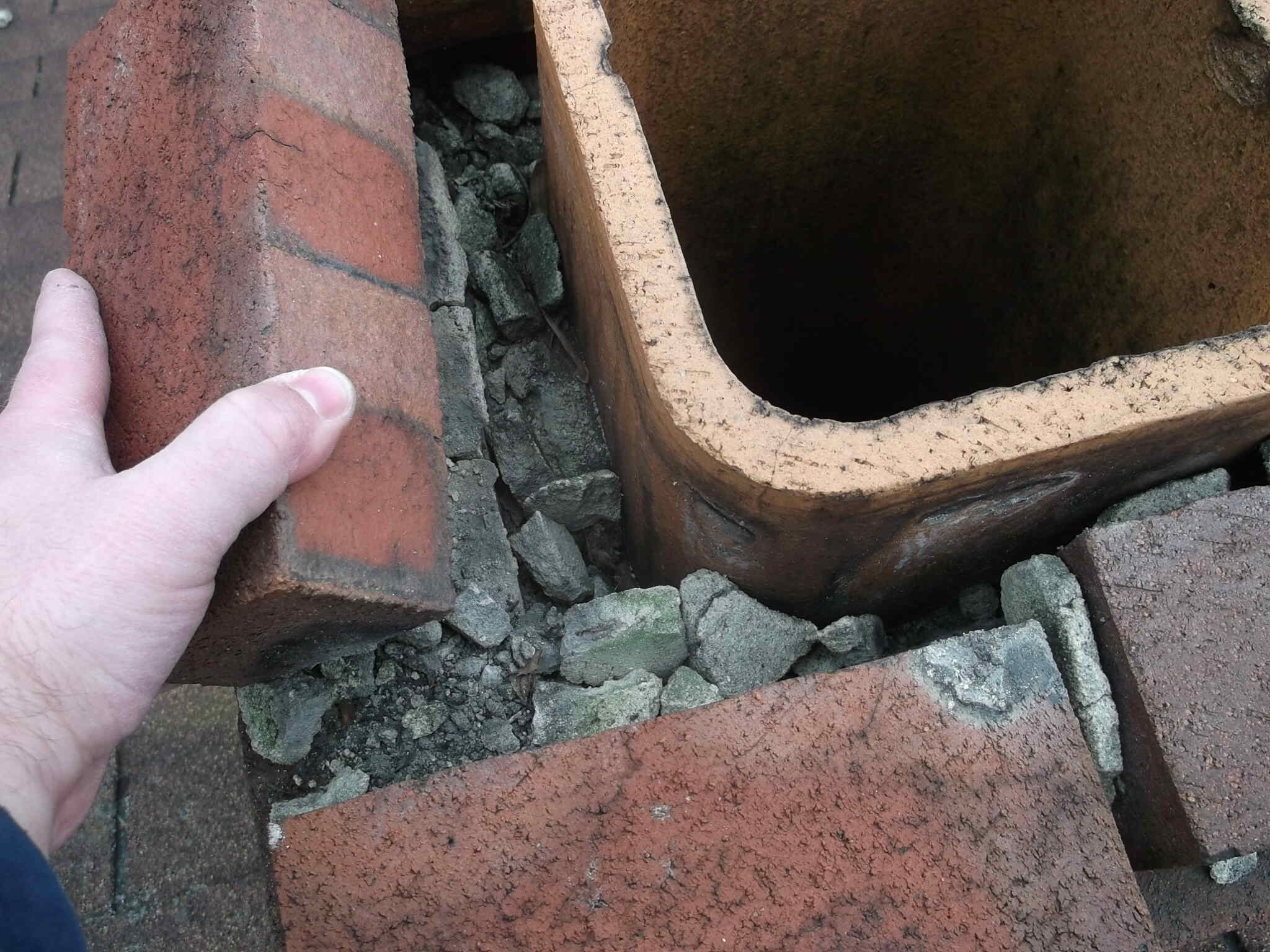
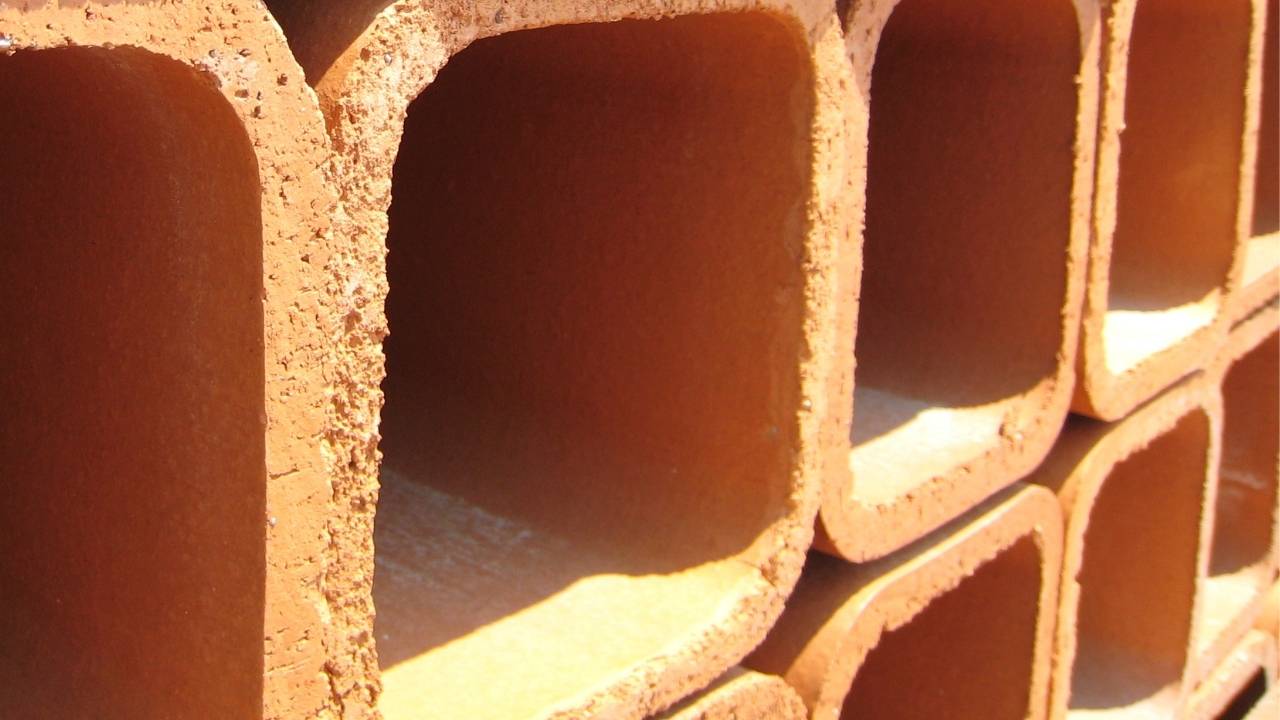
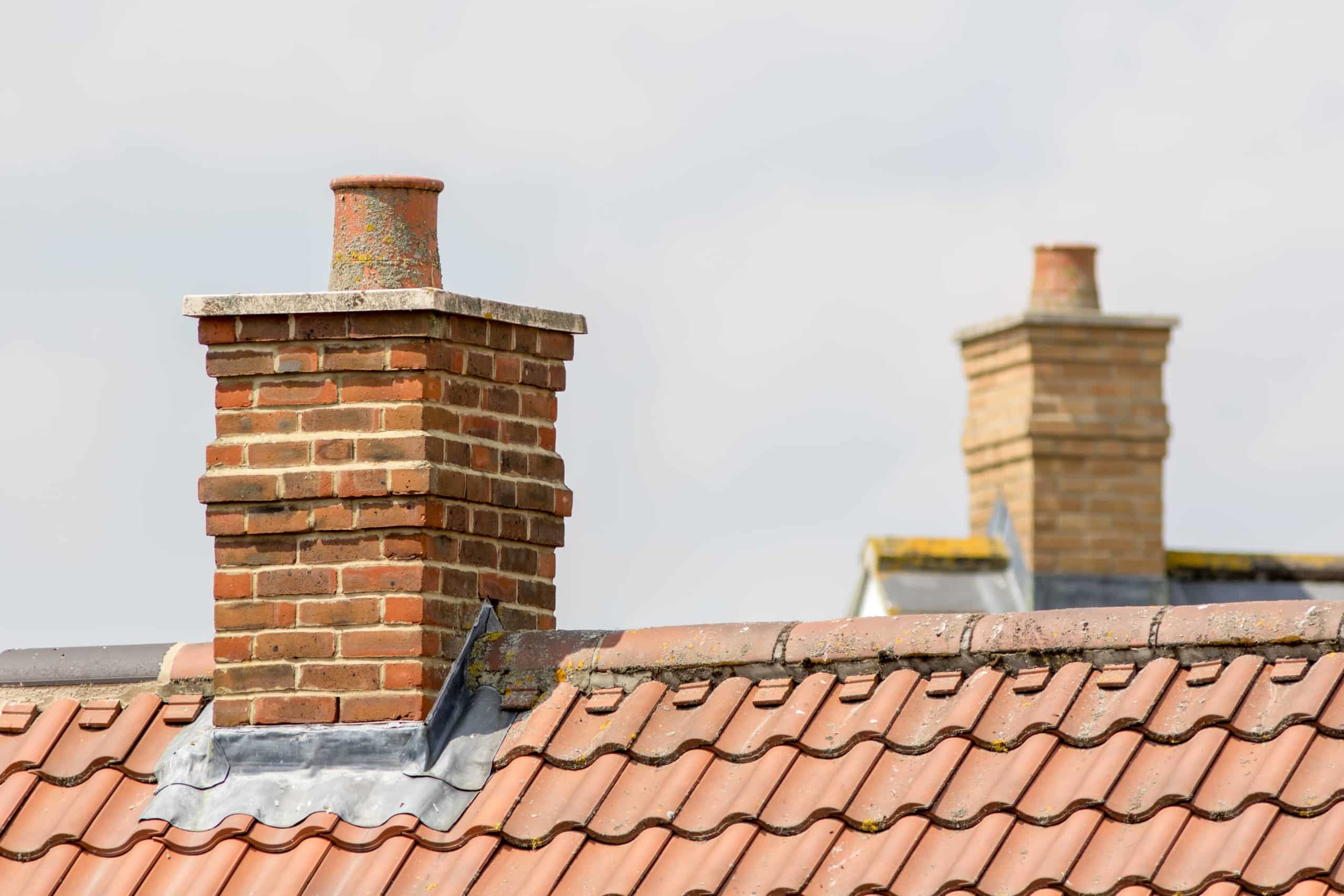
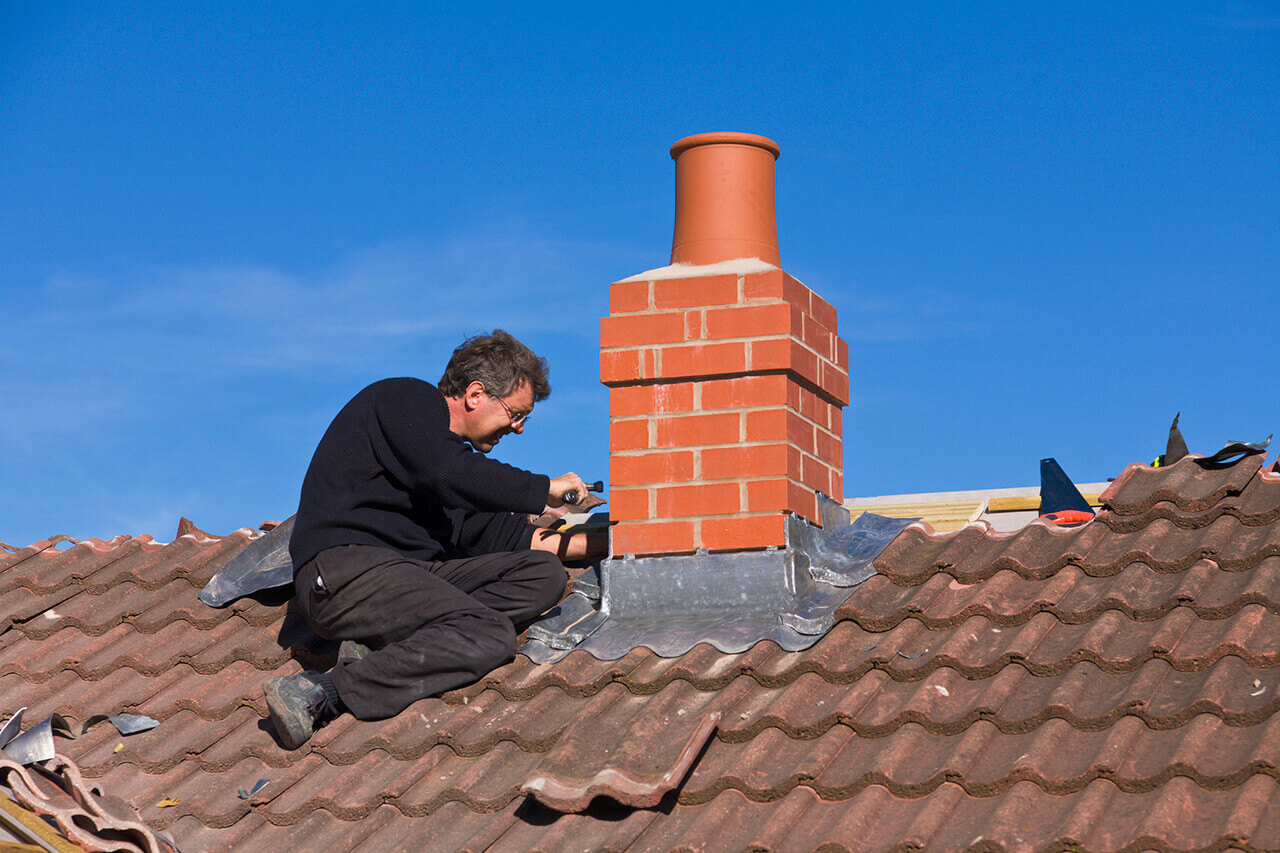
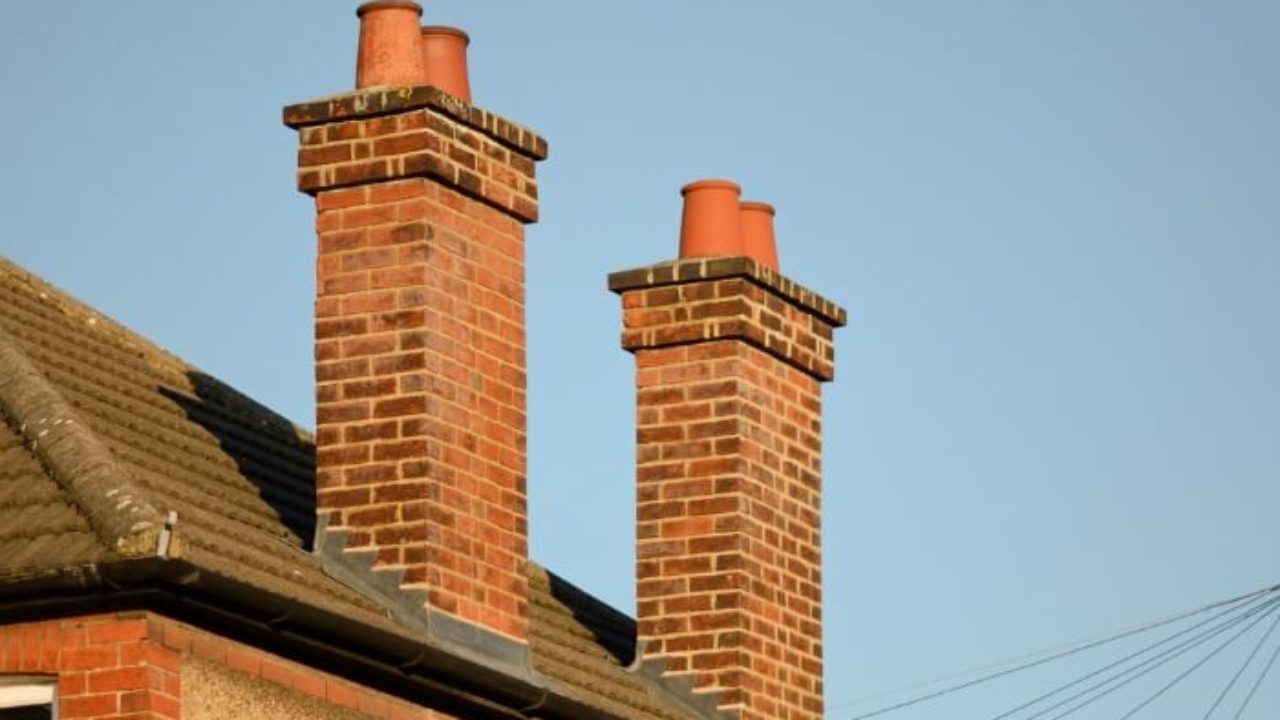
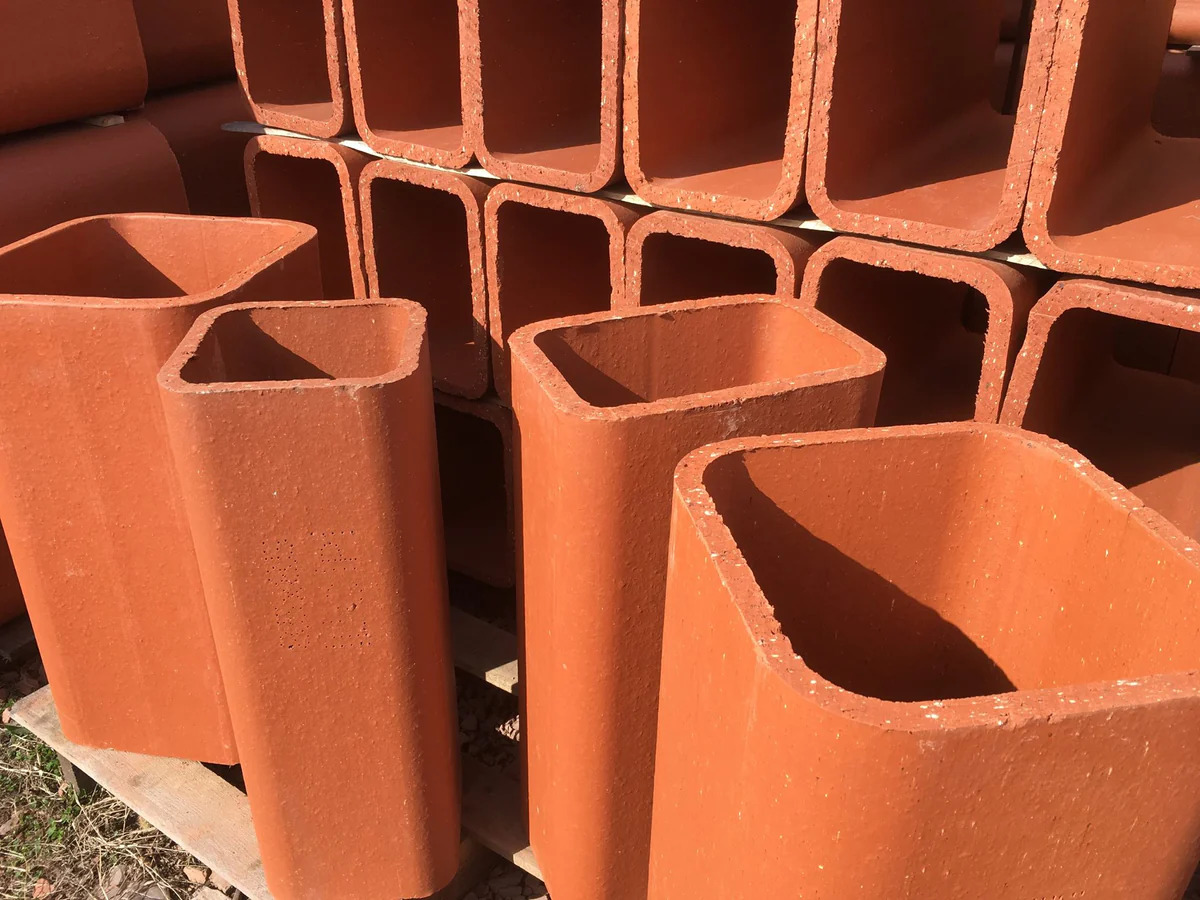
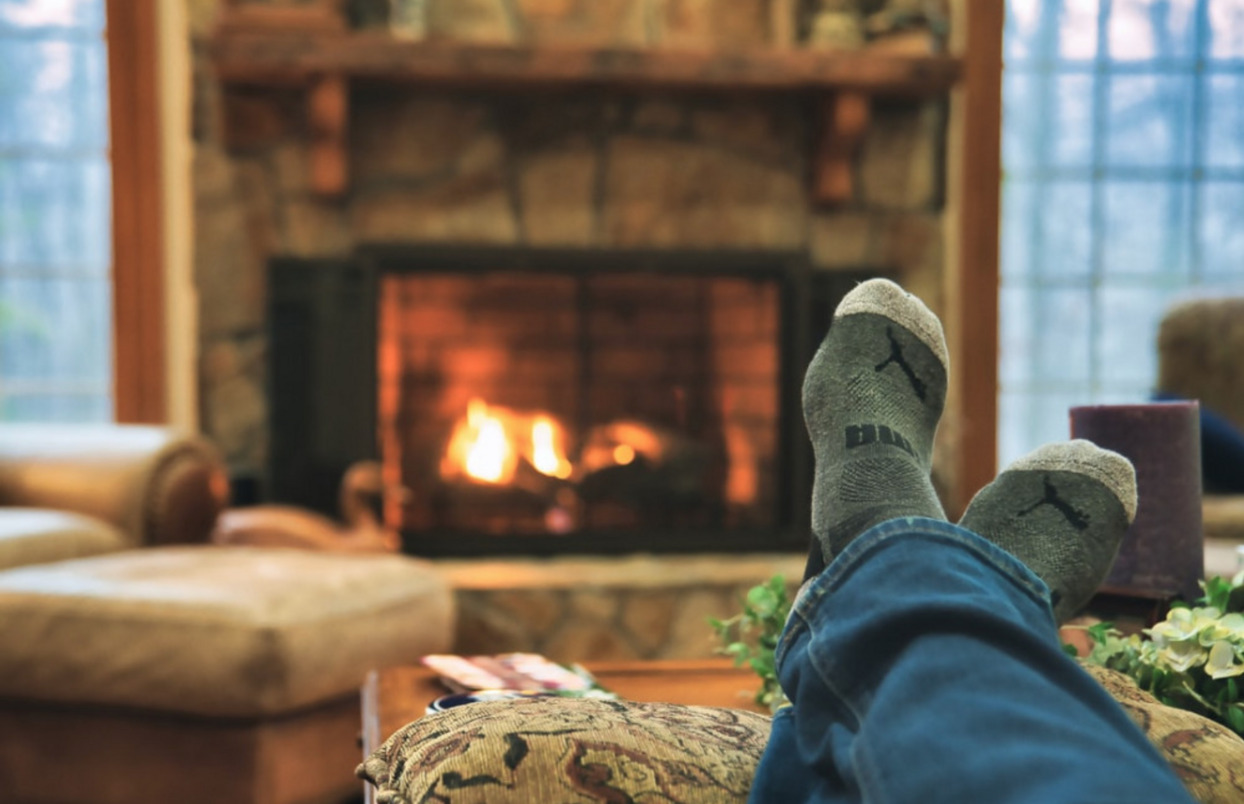
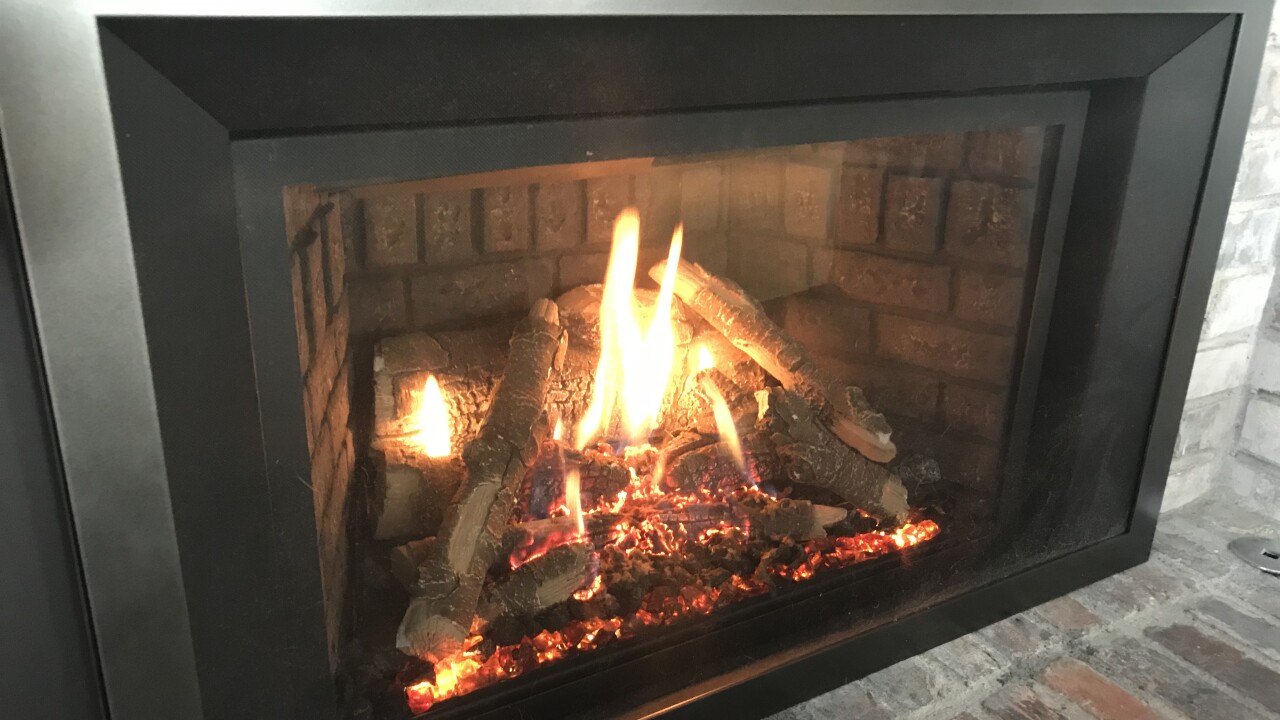
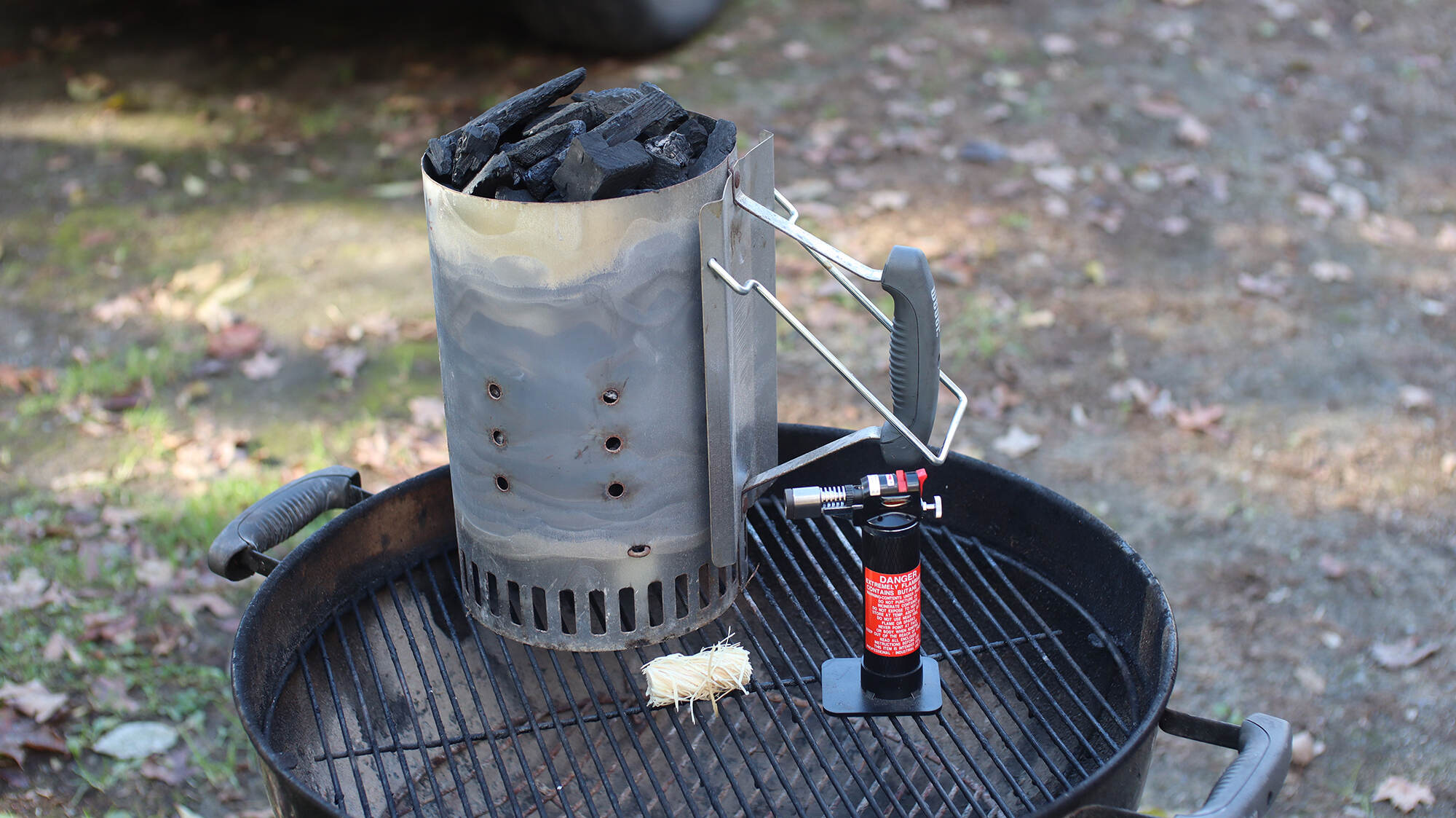
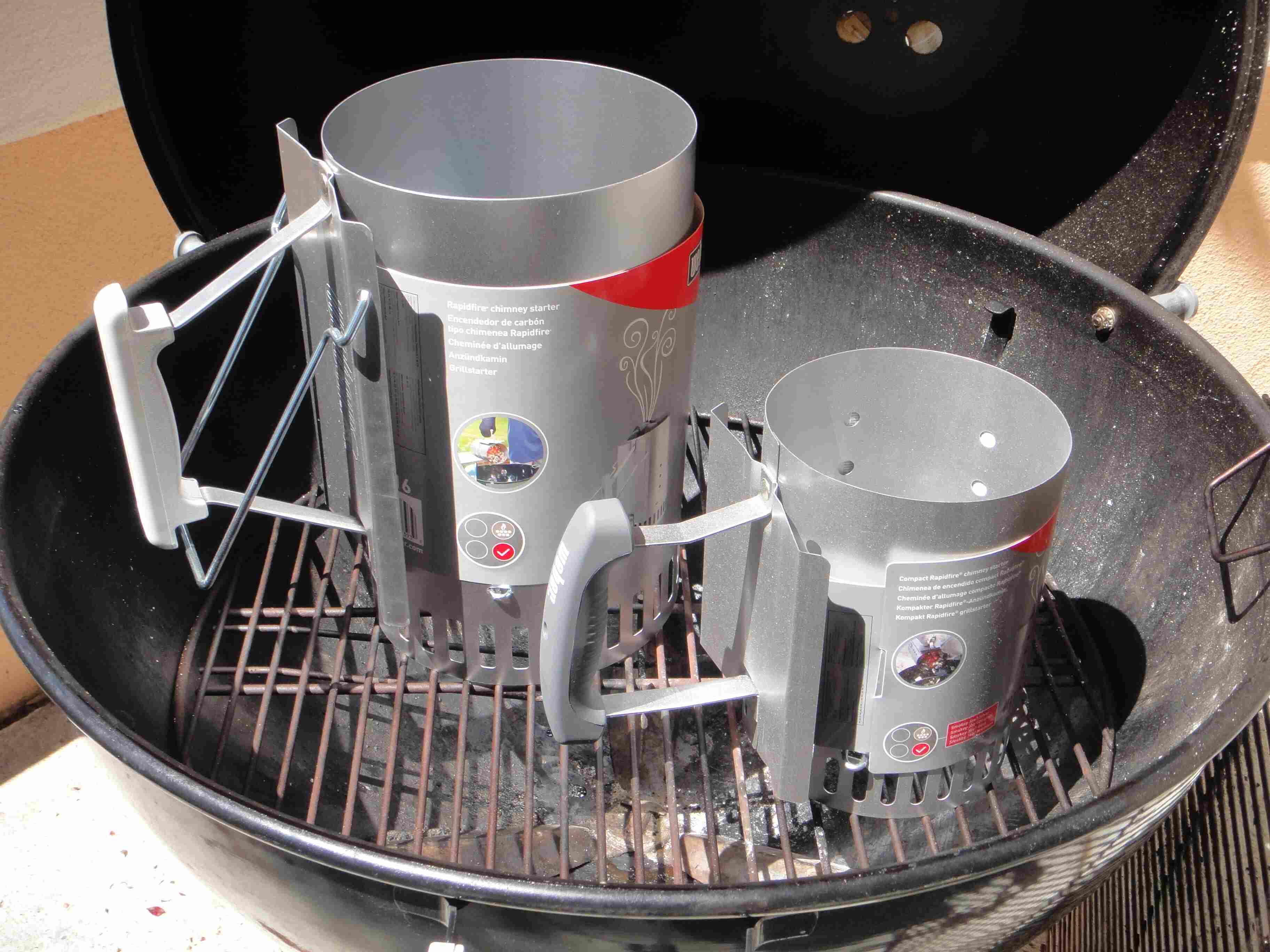

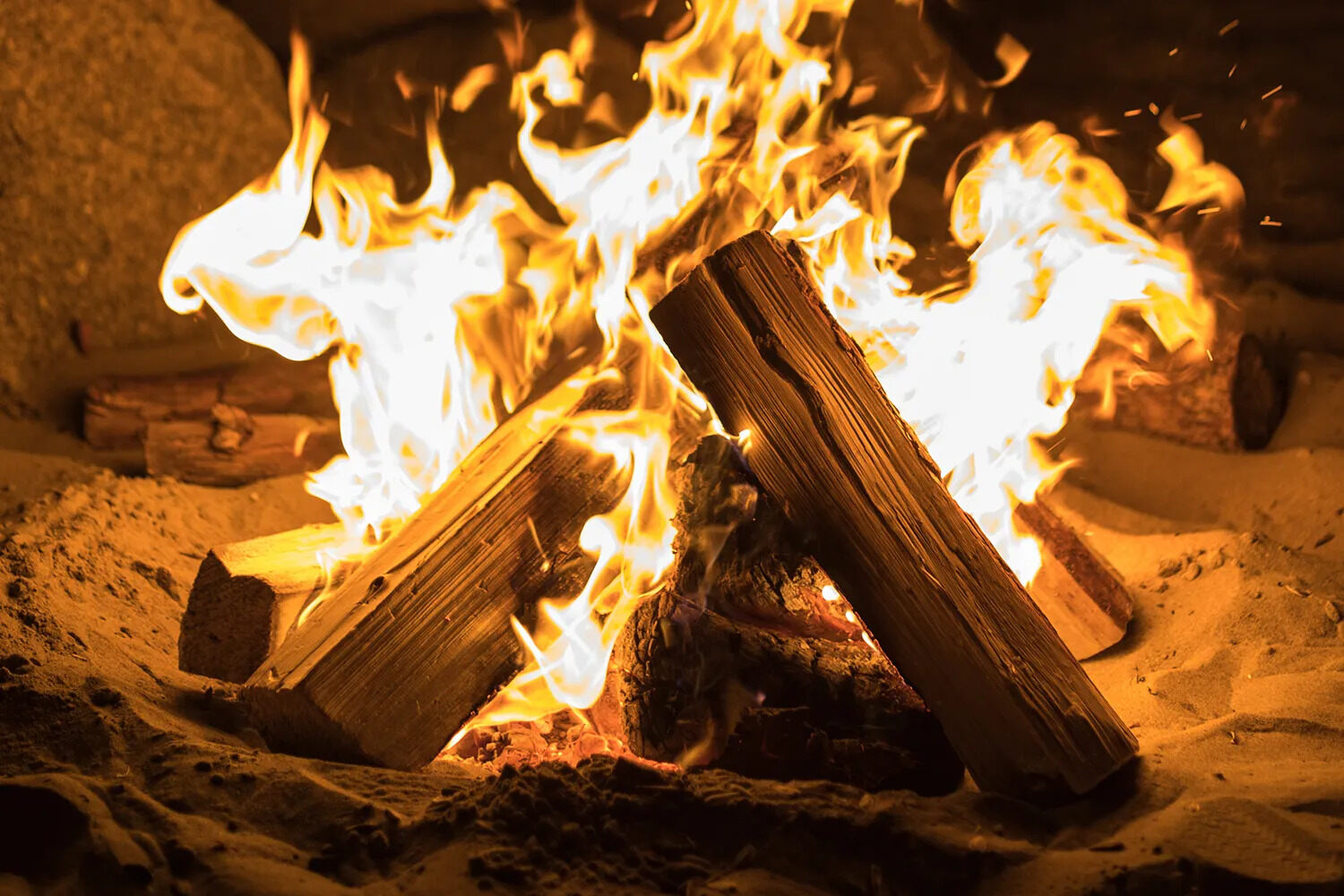


0 thoughts on “How To Use A Chimney Flue”